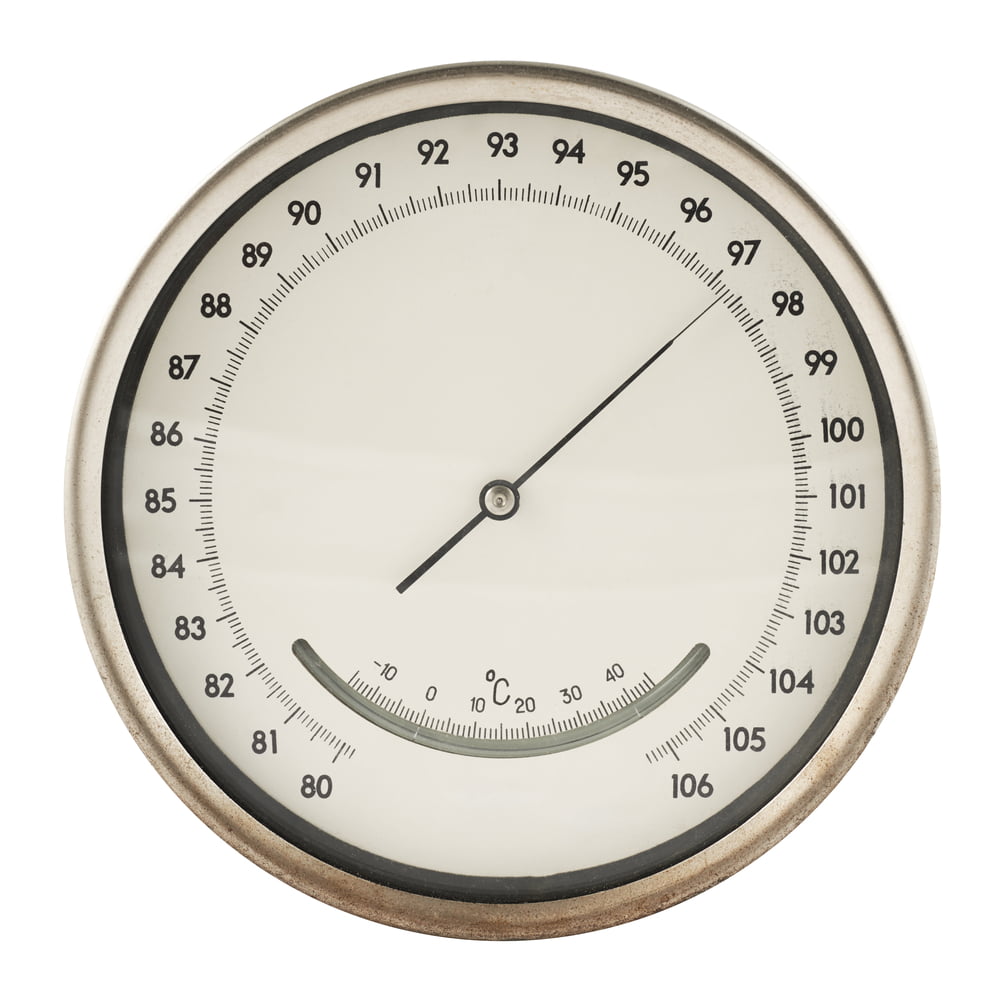Understanding Ambient Temperatures for Electrical Enclosures
 “Ambient temperature” is a term you will hear often when researching electrical enclosure cooling systems. But what exactly does it mean? In simple terms, it’s the temperature of the air surrounding an electrical enclosure. As a concept it’s relatively simple, but measuring it is not always as easy as it seems.
“Ambient temperature” is a term you will hear often when researching electrical enclosure cooling systems. But what exactly does it mean? In simple terms, it’s the temperature of the air surrounding an electrical enclosure. As a concept it’s relatively simple, but measuring it is not always as easy as it seems.
Why is ambient temperature so important? It’s a crucial part of the cooling capacity requirement calculation that helps inform the size of the cooling system you need. If you over- or under-estimate the ambient temperature, you may end up with a cooling system that is either too large or too small.
Indoor Ambient Temperatures
Ideally, you have the opportunity to measure the air temperature in the area where an electrical enclosure will be placed before it is actually installed. However, this is not often the case because the enclosure is an integral part of the entire system.
Follow these tips when measuring ambient temperatures in an indoor environment:
- Measure far enough away from the enclosure that your reading is not affected by the heat coming from the enclosure. A minimum distance of twenty feet is a common practice.
- Take multiple measurements through the course of a day and use the maximum as a guideline.
- Ensure that the measurement is taken at a peak operation time with all surrounding equipment running.
- Use calibrated thermometers.
Outdoor Ambient Temperatures
When an enclosure is located outdoors, measurements are done differently because you usually don’t have to worry about heat from surrounding equipment.
Follow these tips when measuring ambient temperatures in an outdoor environment:
- Do not measure the surface temperature of the enclosure. This is a common mistake that will give you a higher reading because it accounts for heat gain from the sun and cooling from shade. This factor should be included as a separate figure in the heat load calculation and should not be included in the ambient temperature reading.
- Consider seasonal changes and use the highest expected temperature. You can find regional figures for your area at Weatherbase.
- Use calibrated thermometers.
One of the best ways to ensure that you are correctly calculating the required cooling capacity for your electrical enclosure is to work with an expert like Thermal Edge. We perform these types of calculations all the time, in a range of conditions, so we can ensure that you get the most accurate readings.
After you have correctly calculated the required cooling capacity, you’ll be ready to select an enclosure cooling system. We’ll help you choose the right size and type so you can be confident that your valuable equipment is protected. Contact us today to request a free quote.
How have you measured ambient temperatures in the past?

